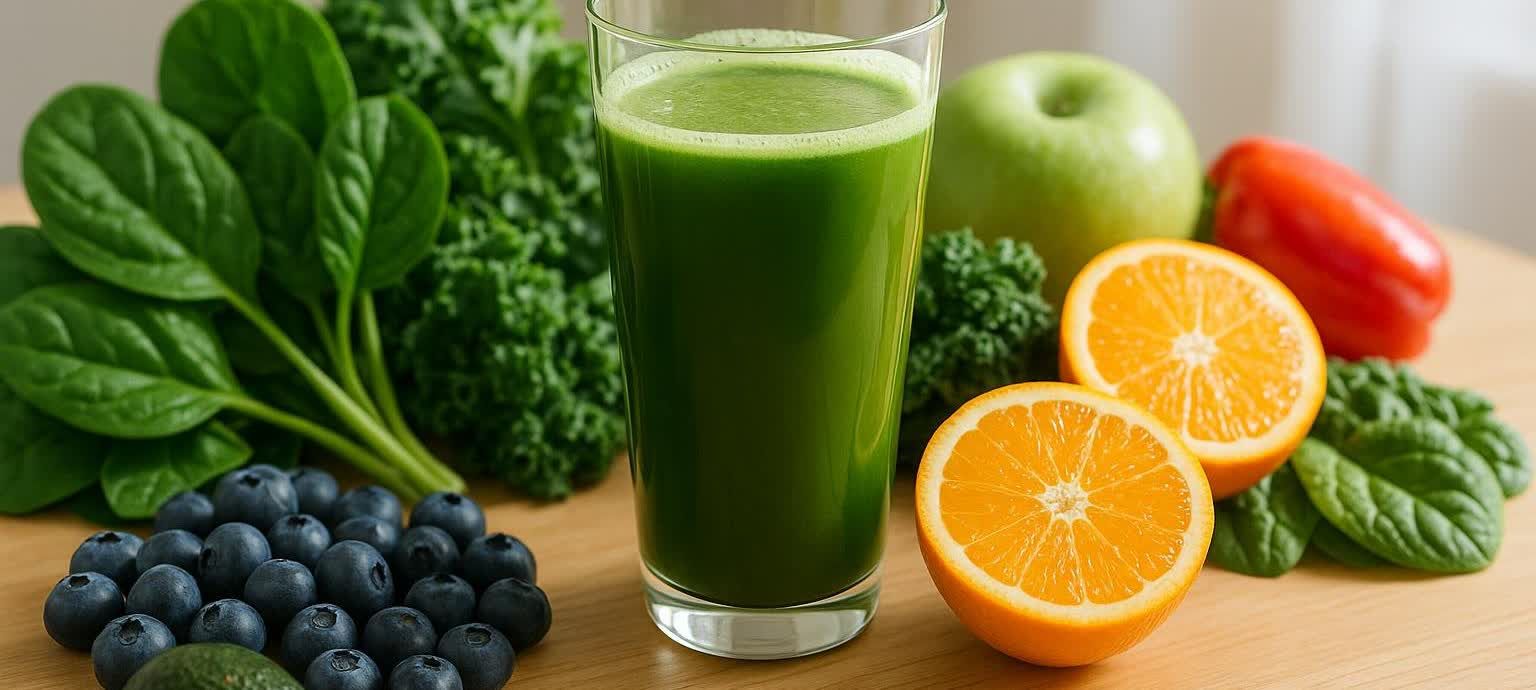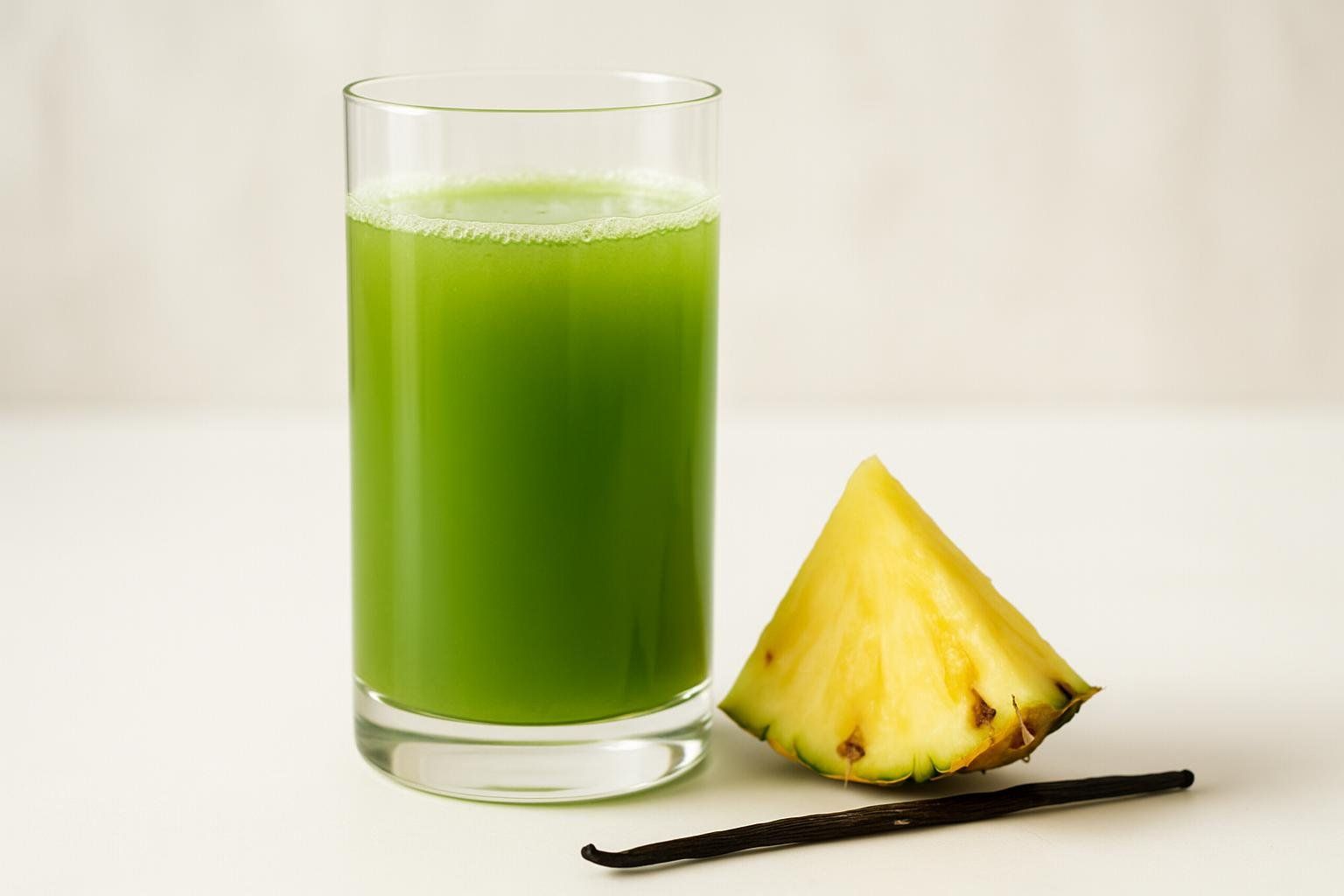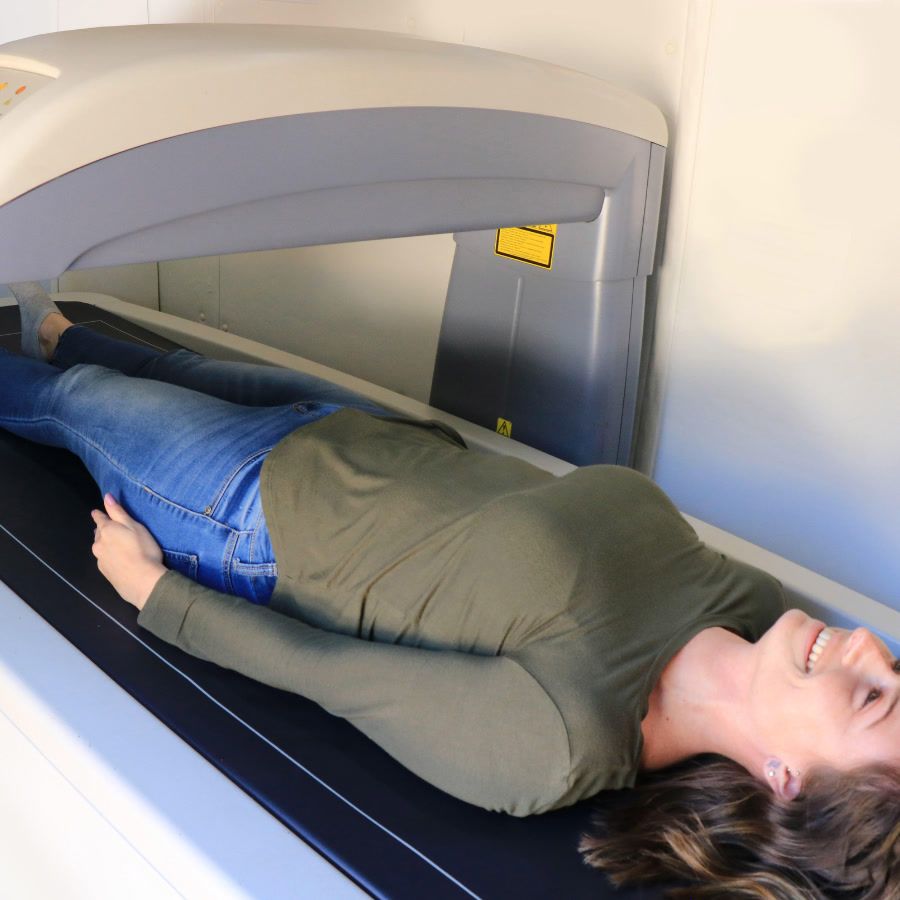AG1 (Athletic Greens) Review: Benefits and Fit with BodySpec Data

AG1 (Athletic Greens) Review: Ingredients, Benefits, Cost, and How It Fits With Your BodySpec Data
Updated May 2025
AG1, the flagship powder from Athletic Greens, dominates the greens-supplement conversation.
But is one scoop worth the price tag, and how does it complement the precise metrics you get from a BodySpec DEXA scan?
Below, we deliver a science-forward review that breaks down the formula, supporting research, and real-world pros and cons so you can decide whether AG1 is a suitable addition to your nutritional regimen and body-composition strategy.
Table of Contents
- What Is AG1?
- AG1 Nutrition at a Glance
- Ingredient Deep Dive
- Taste & Mixability
- Potential Benefits
- Downsides & Watch-Outs
- Cost Breakdown
- How AG1 Fits Into Your BodySpec Plan
- AG1 FAQ
- The Bottom Line
What Is AG1?

AG1 is an all-in-one greens powder that aims to replace multivitamin + probiotic + adaptogen stacks in a single daily scoop. One serving supplies 75 vitamins, minerals, and plant compounds — but most are tucked inside proprietary blends, so exact amounts aren’t disclosed — see the AG1 ingredients overview. The product is NSF Certified for Sport®, vegan, non-GMO, and gluten-free.
Core marketing claims
- Supports energy, immunity, and gut health
- Closes “nutrient gaps” found in modern diets
- While company-funded research should always be interpreted with its source in mind, AG1 states that a triple-blind, placebo-controlled clinical trial found 87 % of participants increased red-blood-cell folate and 30 % increased vitamin C within three months — see the AG1 clinical research.
AG1 Nutrition at a Glance
| 1 Scoop (12–13 g) | |
|---|---|
| Calories | 50 kcal |
| Carbs | 6 g (2 g fiber) |
| Protein | 2 g (pea protein isolate) |
| Fat | <1 g |
| Vitamins & minerals | 21 listed on the AG1 label; many exceed 100 % DV (e.g., B12 917 %, vitamin E 553 %) |
| Probiotics | 7.2 billion CFU (L. acidophilus, B. bifidum) |
| Certification | NSF Certified for Sport®, GMP-compliant |
Data from AG1 label and Healthline’s AG1 review.
Ingredient Deep Dive
AG1 divides its formula into four proprietary blends. Below is what each one contributes — along with important caveats.
1. Raw Superfood Complex (~7 g)
- Organic spirulina & chlorella — dense in chlorophyll and antioxidants.
- Wheat grass, alfalfa, barley leaf — cereal grasses that provide vitamins A & K, minerals like magnesium, and additional phytonutrients.
- Inulin & Fructo-oligosaccharides (FOS) — prebiotic fibers that can nurture beneficial gut bacteria or trigger gas in FODMAP-sensitive users.
2. Herbs, Extracts & Antioxidants (~2 g)
- Pea protein isolate — bumps protein to 2 g per scoop.
- CoQ10 & alpha-lipoic acid — antioxidants with mitochondrial roles.
- Milk thistle & artichoke extract — ingredients often marketed for liver support, though human data remain limited.
3. Digestive Enzyme & Super Mushroom Complex (154 mg)
- Bromelain — pineapple-derived enzyme that breaks down protein.
- Adaptogens like astragalus and rhodiola — herbs thought to help the body resist physical and mental stressors.
- Functional mushrooms: reishi, shiitake for immune modulation.

4. Probiotic Blend (7.2 billion CFU)
- Lactobacillus acidophilus
- Bifidobacterium bifidum
These strains are well-studied for gut resilience, but 7.2 billion CFU is modest compared with stand-alone probiotics delivering 20–50 billion CFU.
Transparency note: AG1 does not reveal the exact gram amounts of individual ingredients inside each blend, making dosage efficacy hard to verify.
Taste & Mixability
Flavor often determines whether a supplement becomes a daily habit. AG1’s sole “Original” flavor is lightly sweet with pineapple–vanilla notes and a subtle earthy finish, according to reviews from outlets such as Live It Up and Good Housekeeping. The sweetness comes from stevia, which some users say leaves a mild aftertaste — see the Live It Up review.

Mixability is generally good in a shaker bottle with 8–10 oz of cold water, though a slight sandy residue can remain if you let the drink sit for several minutes. Cold water enhances flavor; warm liquids accentuate the grassy notes.
Potential Benefits
1. Convenient “Micronutrient Insurance”
If your daily meals primarily consist of convenience foods, a concentrated greens supplement may help address potential vitamin and mineral deficiencies.
2. Energy & Cognitive Support
High doses of B-complex vitamins help convert food to ATP, which may reduce afternoon crashes — see Healthline’s AG1 review.
3. Gut-Health Support

A company-sponsored study — findings that ideally would be replicated by independent researchers — reported a ≥10-fold increase in beneficial gut bacteria after three months of AG1 use: AG1 gut-health study.
4. Immune & Antioxidant Defense
Vitamin C, zinc, selenium, and mushroom beta-glucans play documented roles in immune signaling. AG1 supplies >400 % DV of vitamin C per serving.
For deeper context, explore BodySpec’s guides to Gut Health and Athletic Performance and The Role of Nutrient Timing: Maximizing Gains with Pre and Post-Workout Nutrition.
Downsides & Watch-Outs
| Concern | Why It Matters |
|---|---|
| Price | $79 per month subscription ($2.64/serving) or $99 one-time purchase — see the AG1 shop. |
| Opaque dosages | Proprietary blends hide ingredient amounts, so clinical efficacy is assumed, not proven. |
| Missing nutrients | Powder lacks vitamin D and iron (though D3/K2 drops are included with first-time subscriptions); ongoing supply relies on diet or separate supplements for these critical nutrients. |
| GI side effects | Users report bloating or loose stool, likely from inulin/FOS fibers. |
| Not pregnancy-safe | The label advises against use while pregnant or breastfeeding. Consult your MD first. |

Cost Breakdown
| Purchase Option | Price | Price per Serving | Extras |
|---|---|---|---|
| Subscription (30-day pouch) | $79 | $2.64 | Shaker + 5 travel packs + vitamin D3/K2 drops (first order) |
| One-time (30-day pouch) | $99 | $3.30 | Shaker kit sold separately |
| 30-pack Travel Sticks | $109 | $3.63 | Portable, no scoop needed |
Shipping: Flat $9 to the U.S., Canada, Singapore, and Australia; rates vary in Europe; U.K. ships free — see the AG1 FAQ – Shipping.
How AG1 Fits Into Your BodySpec Plan
A DEXA scan quantifies outcomes—lean mass, fat mass, visceral fat, and bone mineral density.
Training and nutrition are the inputs that move those numbers.
Here’s how to tighten that cause-and-effect loop using AG1, structured exercise, and regular scans:
1. Establish Your Baseline
- Schedule an initial DEXA to record your current lean mass, fat mass, and bone density.
- Pair the scan with a food-log snapshot so you know exactly what your diet looks like pre-AG1.
2. Enter a “Build Phase” (8–12 weeks)
- Resistance-training focus: Follow a progressive-overload program targeting all major muscle groups at least twice per week — see The Impact of Exercise on Muscle Density.
- Daily AG1: Take one scoop each morning to supply B-vitamins, magnesium, and K2 — nutrients involved in muscle protein synthesis, energy metabolism, and bone remodeling.
- Protein & calorie targets: Maintain 1.6–2.2 g protein/kg body weight and a slight calorie surplus if muscle gain is the goal.

3. Monitor Recovery & Compliance
- Track workout loads and energy levels; AG1’s micronutrients may improve recovery quality, allowing higher training volumes.
- Note digestion changes — less bloating can help you hit macro targets comfortably.
4. Re-scan & Analyze
After 8–12 weeks, repeat your DEXA:
- Lean-mass change: An increase suggests your training + nutrient combo is working.
- Body-fat trend: Stable or reduced fat mass indicates your calorie balance is on point.
- Visceral fat: Even a 50-g drop in visceral fat is a meaningful cardiovascular win.
- Bone density: K2 and magnesium support bone health, but measurable gains often require >6 months of consistent loading and nutrition.
5. Iterate Your Plan
If lean mass isn’t climbing, consider bumping protein or total calories. If fat gain outpaces muscle, trim 100–200 kcal per day or add a HIIT session. Use your BodySpec dashboard to overlay scan data with workout logs for a clear, data-driven roadmap.
AG1 FAQ
Does AG1 replace eating vegetables?

No. Whole produce provides fiber textures and phytonutrients missing from powders — see Healthline’s AG1 review.
Can I take AG1 while intermittent fasting?
One scoop is 50 calories and 6 g carbs, so by strict definitions it breaks a fast.
Is AG1 safe for athletes in tested sports?
Yes — NSF Certified for Sport® screens for 280+ banned substances.
Why isn’t vitamin D included in the powder?
AG1 cites stability issues in a mixed powder. D3/K2 drops come with the starter kit, but you’ll need another source after those run out.
How long until I feel something?
Company data show many users notice digestive improvements within 2 weeks and energy boosts within 1 month — see the AG1 FAQ.
The Bottom Line
AG1 is a premium, convenience-driven supplement with credible third-party testing and a robust ingredient list. If you:
- Have disposable budget for $80/month,
- Prefer a one-scoop approach over multiple pills, and
- Want an NSF-certified product to pair with your training data,
…then AG1 can make sense.
If cost, undisclosed dosages, or vitamin D gaps are deal-breakers, look elsewhere — and focus on whole-food variety first. Either way, use your BodySpec DEXA scans to quantify how nutrition tweaks translate into real changes in fat, muscle, and bone.
Ready to see your numbers move? Book your next scan »
Need a primer on picking supplements? Check out Supplements 101: Do You Really Need Them?.


